Modern journalist with artificial intelligence tools, photo created by ChatGPT. Illustration photo |
At the individual level, each journalist can also use free AI tools such as ChatGPT, Gemini, DeepSeek, Canva, Magisto, InVideo, PressAssistant... in the basic work of the profession which is searching, discovering, developing topics; collecting, processing information, data and presenting works. In just a moment, ChatGPT can immediately write a 2,000-word commentary, can come up with 5-10 headline options for an article, can check all spelling errors in the article... This "capacity" of AI has made many people exclaim: Can artificial intelligence replace the role of journalists?
AI can write articles, but…
Artificial intelligence (AI) is just a tool. It is not capable of assessing the social context or motives behind information, which can easily lead to the reproduction of fake news or biased content without verification. AI does not “understand” the world like humans. It only learns to predict the next word based on a probability model from the learned data, but does not distinguish between right and wrong. If the topic of the user's question does not have enough information in the training data, the AI can… create content to “fill the gap”. This phenomenon is called AI hallucination by experts - a serious and common problem in the use of language models such as ChatGPT.
And it is clear to all of us that AI cannot replace journalists in collecting event data, experiencing reality - from investigating the scene, interviewing witnesses to sensing the social context - which professional journalists always have to do.
There is also the risk of plagiarism or copying information without citing the source. AI does not have professional ethics - which creates the courage and responsibility of a journalist in serving the truth and the public. In addition, overusing AI can lead to content homogenization, killing the creative personality and unique voice that are the soul of journalism.
Therefore, AI can create journalistic works, but for the work to be usable, it must have the "directing" hand of a journalist, that is, the journalist must know how to control AI as a tool.
What AI can't replace journalists for?
AI does not have the intuition, social sense or “professional instincts” of a true investigative journalist. Journalists should not worry that AI will replace them; it can replace some repetitive tasks (like correcting spelling mistakes), but it cannot detect and pursue the truth.
AI is a robot, so it cannot build relationships with sources, or ask questions that are difficult to answer, challenge, or question during an investigation. Modern journalism needs writers who advise, criticize, and guide. AI cannot replace journalists in their lived experiences to deeply understand social issues, ethics, prejudices, history, and gray areas in information. And AI is a robot, so it cannot convey emotions, personal tone, and empathy - which are important factors in moving the public.
And of course, journalists and newsrooms are personally and legally responsible to the public and the law. AI is not. Issues of bias, prejudice, or fake news all need a final verifier.
In addition, AI can imitate, but cannot create a new style, unique language, or unprecedented approach. Great writing often comes from personal experience, collision with reality. In other words, AI cannot have the ability to tell unique and creative stories, an important requirement for creating good journalism.
Journalist in the age of AI
Obviously, journalists now have to live with AI in their work if they want to be good. However, AI only supports individual journalists well in tasks that automate repetitive tasks such as automatic translation, spell checking, summarizing press releases, summarizing financial reports, or writing descriptive, neutral articles that do not require emotion or investigation.
Journalists can use AI to support quick analysis and research, document synthesis, extract key ideas from thousands of documents in a short time; support automatic creation of charts, infographics...
AI - as mentioned - cannot replace journalists, especially in the process of creating political journalism and investigative journalism.
But to exploit AI well, journalists also need to be equipped with professional knowledge and technological thinking. Journalists must clearly understand the operating principles of AI to ask questions (prompting) effectively. Modern journalists must know how to combine AI to support information collection, content analysis, data construction, while still ensuring the editing and verification roles of humans.
Journalists must master technology rather than rely on it: avoid relying on AI to mass-generate content without human moderation, direction, or creativity. AI can synthesize quickly, but it cannot replace human verification. Journalists must be ultimately responsible for accuracy and honesty.
Experts recommend that if AI is used to generate part or all of an article, this information should be transparent (to some extent) in the article.
In short, AI is a tool, not a journalist. Future journalists must not only “write well,” but also “write smart,” combining technology, data, and humanity to produce information that is trustworthy, in-depth, and inspiring.
Phan Van Tu
Source: https://baodongnai.com.vn/xa-hoi/202506/tri-tue-nhan-tao-co-thay-the-duoc-vai-tro-nha-bao-ee105c1/






![[Photo] General Secretary To Lam works with the Standing Committee of Quang Binh and Quang Tri Provincial Party Committees](https://vphoto.vietnam.vn/thumb/1200x675/vietnam/resource/IMAGE/2025/6/25/6acdc70e139d44beaef4133fefbe2c7f)






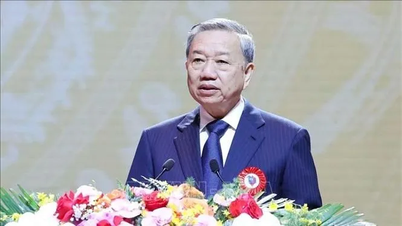






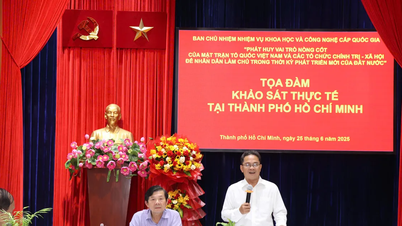


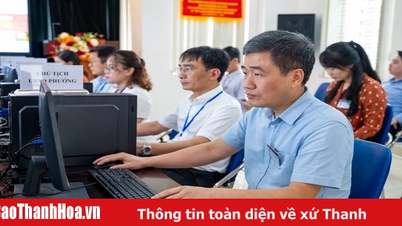










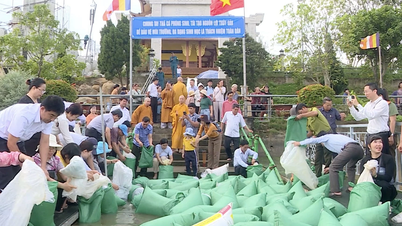
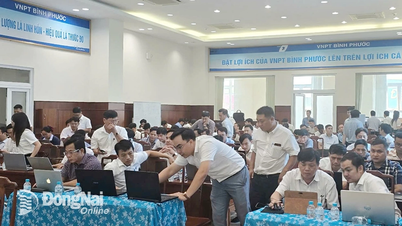


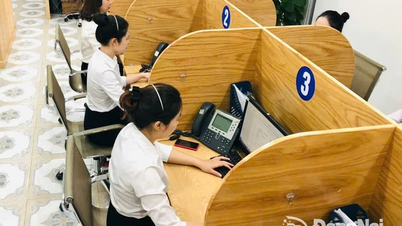










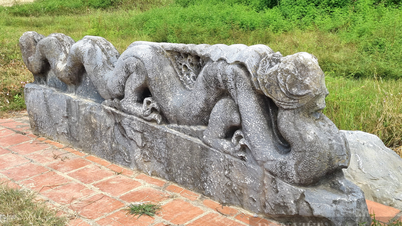


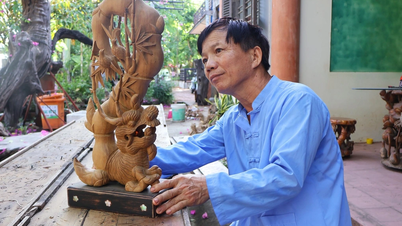














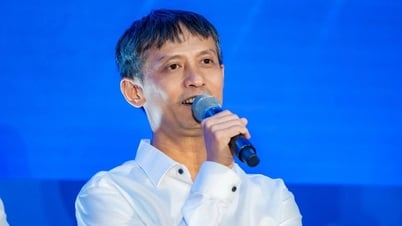




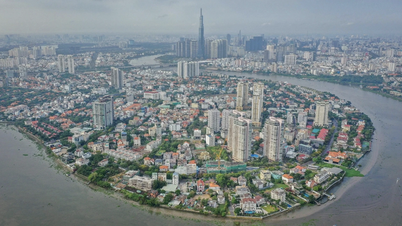








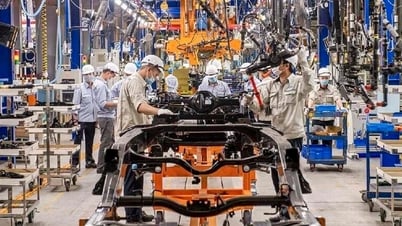





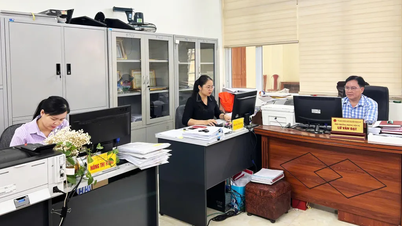






















Comment (0)